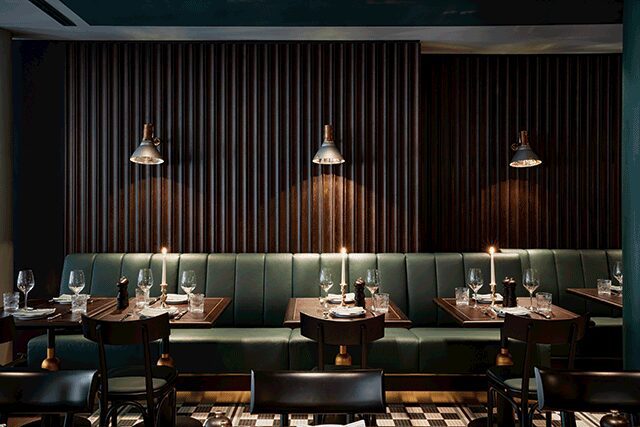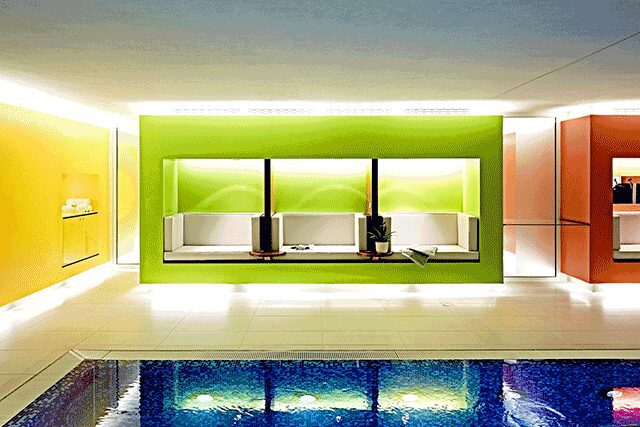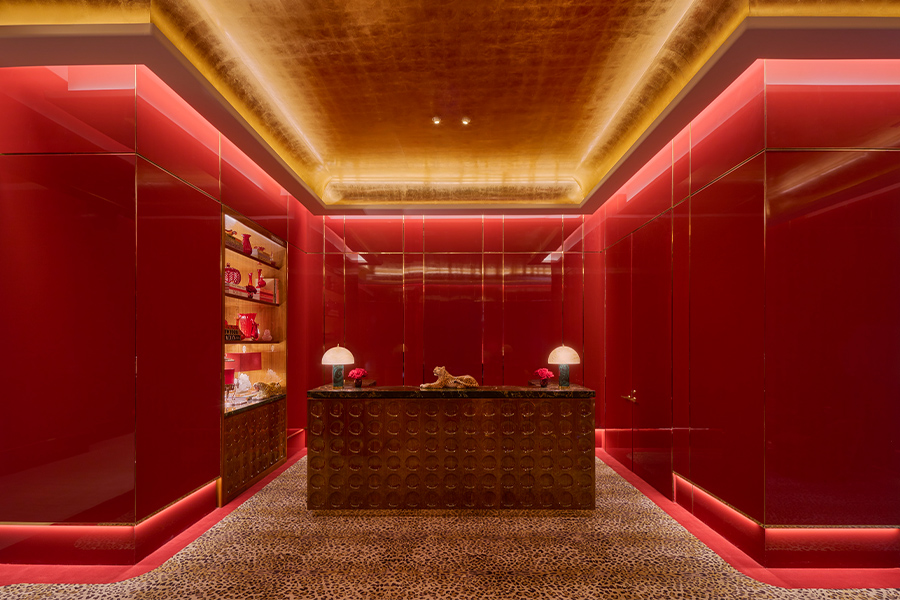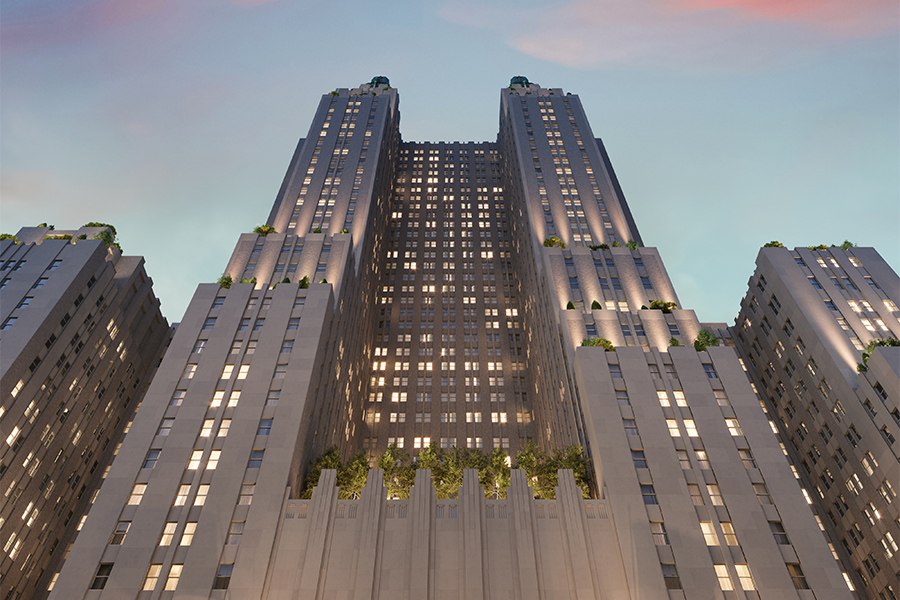
Elbphilharmonie
When Amsterdam-based designer Kate Hume first started working in Hamburg in 2015, hotel options were limited. Apart from the iconic Art Deco Fairmont Vier Jahreszeiten and “one sort of okay boutique hotel,” she says, “there was nowhere to stay.” But since the opening of Herzog & de Meuron’s shimmering Elbphilharmonie (Hume designed Suite 18 in the concert hall) in 2017, the landscape has started to change. As visitors flock to see the building, there is talk of a Bilbao effect—the Spanish city became a major tourist hub following Frank Gehry’s design of the Guggenheim—and comparisons are being made to Sydney, another harbor city that was given an instantly recognizable profile through an iconic work of architecture. “Any time an architectural wonder occurs, the city grows up around it,” Hume says. From the ambitious urban development HafenCity to the mixed-use Elbtower by David Chipperfield Architects (DCA), “Hamburg is a destination now,” she says. According to figures from Lodging Econometrics, hotel developers are taking notice: Hotel rooms have seen a 23 percent boost from the year prior, with 10 additional hotels expected to come online in the next 12 months.
Tortue Hamburg > Hume’s latest project, Tortue, is one of six new hotels that opened in Hamburg in 2018. Located in the up-and-coming Stadhofe-Quartier neighborhood near City Hall, the hotel forms part of a 19th-century complex that was recently refurbished by locally based Stephen Williams Associates in cooperation with DCA, which restored the building’s original columns, tall arched windows, wrought-iron marquees, and mosaic tile flooring. The brick façade blends with the area’s period buildings, while Hume’s signature use of bold colors is seen throughout the interiors. Take the lobby, where purple and blue furnishings and a colorful wool carpet sit atop the oak parquet floors and juxtapose stately columns and chandeliers. Meanwhile, the 126 rooms boast bespoke graphic wallpaper, brass pendant lamps, and sleek bathrooms wrapped in marble-inspired tiles. “I want guests to come in and feel they’ve arrived somewhere,” says Hume. The hotel is also home to several new restaurants, including the Stephen Williams-designed Bar Noir and Bar Privé and Joyce Wang’s copper-infused Pan-Asian eatery Jin Gui.
Side Hotel > First opened in 2001, the Side Hotel recently underwent a comprehensive renovation from local architect Jan Störmer (whose work is also on display at the nearby 130-key curvilinear Fontenay Hamburg). Side Hotel’s two interlocking buildings are joined by a soaring 90-foot-tall atrium that houses a light installation by New York choreographer Robert Wilson, while the 180 guestrooms feature streamlined interiors by the hotel’s designer, Italian architect Matteo Thun. His purposeful use of color and curvaceous furniture extend throughout the sky suites, newly appointed with lime oak flooring and colorful bathtubs. “We wanted to create a cozier atmosphere for the public spaces,” Thun says. “Here, brass, green marble, blue-green materials, and metal mesh curtains rule the interior scheme.”




